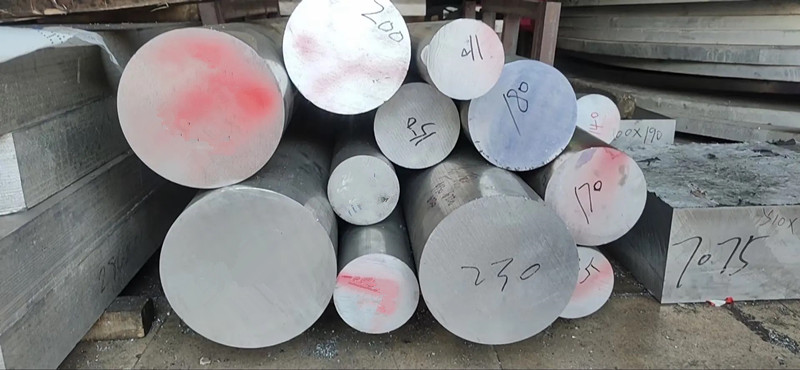What is the difference between 7075 T6 and 7075 T6511?
Detailed Difference between 7075 T6 and 7075 T6511
Aluminum alloy 7075 is widely used in aerospace, mold manufacturing, and mechanical equipment due to its high strength. Among its common heat treatment states, T6 and T6511 exhibit notable differences in performance and applications.
First, it is important to understand the concept of solution heat treatment followed by artificial aging. Solution heat treatment involves heating the alloy to a high temperature to dissolve the strengthening phases into the solid solution, followed by rapid cooling to form a supersaturated solid solution. Artificial aging, on the other hand, is a process in which the alloy is held at a lower temperature after solution treatment to allow the precipitation of strengthening phases, thereby enhancing the alloy's strength.
The T6 state refers to solution heat treatment followed by simple artificial aging. In this condition, the strength of 7075 aluminum alloy is significantly increased, but it may retain substantial residual stress. This residual stress could lead to deformation during subsequent processing or use. As a result, the T6 state is suitable for applications that require high strength but do not have stringent demands for dimensional stability, such as certain mechanical equipment and structural components.
In contrast, stress-relieving by stretching is a method used to eliminate internal residual stress in materials. During the processing of T6511 state, a stretching stress-relief procedure is applied after solution heat treatment and artificial aging. This step effectively removes residual stress, enabling 7075 aluminum alloy in the T6511 state to maintain high strength while exhibiting better dimensional stability and resistance to deformation. These characteristics make T6511 particularly suitable for high-precision applications, such as aerospace components and advanced mold manufacturing. For instance, in aircraft structural parts, the dimensional stability of T6511 ensures precision under various environmental conditions.

In summary, the T6 state of 7075 aluminum alloy offers extremely high strength but may contain residual stress, making it ideal for applications where strength is critical but dimensional stability is less of a concern. On the other hand, the T6511 state, with its additional stretching process, combines high strength with excellent dimensional stability, making it suitable for high-precision applications such as aerospace and advanced mold manufacturing. Choosing the appropriate heat treatment state is essential based on specific application requirements.
